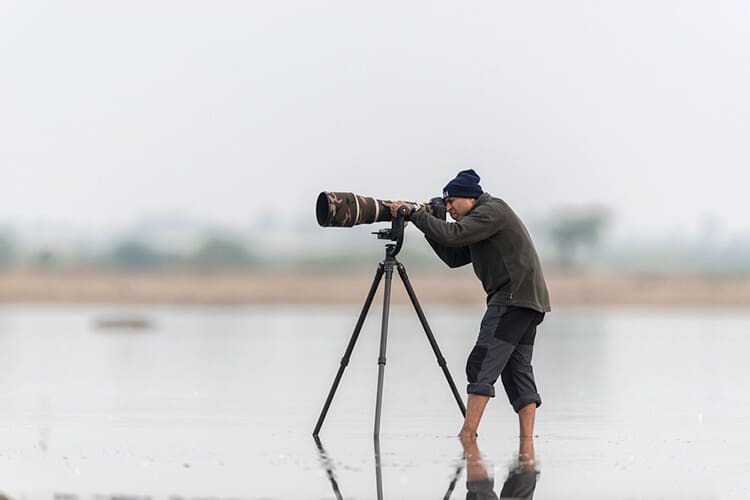This should be a good read for photography beginners…
If you have bought a new camera and hear all these complicated photography jargons and start wondering what these means….STOP. As a beginner, you really do not have to worry too much about these.
All these complex jargons revolve around 3 important aspects in photography which are ISO, Aperture and Shutter Speed – Called as the Exposure Triangle.
Get your understanding of the exposure triangle right and rest will be very easy to follow.
Shutter Speed – It is the amount of time the shutter is open for the light to enter and hit the sensor. This is responsible for freezing the action or causing motion blur in your image. A fast shutter speed like 1/1000 or more freezes the action or a slow shutter speed like 1/30 or less creates motion blur in the images (though fast and slow shutter speed is very subjective and depends on the speed of movement of subjects).
Aperture – This is the lens opening and is also responsible for controlling the amount of light to enter the camera. Aperture is one of the parameters responsible for depth of field (other 2 are focal length of lens being used and camera to subject distance). Depth of field is that area in your photograph which is in sharp focus. A larger f number like f22 gives you larger depth of field (DOF) and a smaller f number like f2.8 ives you shallow DOF.
ISO – This is responsible for the sensitivity of your sensor to light. The lower the number (ISO 100), the less sensitive, the higher the number (ISO 3200) the more sensitive. A higher ISO allows you to shoot in low light conditions. ISO is also responsible for noise / grains in your image. Higher the ISO, more grains and the quality of the image may go down.
Let us put these to practical use based on the genre of photography:
1. Landscape : That’s a static scene. It’s not running anywhere. So take your time and think more from aperture point of view and decide how much of the image has to be in good focus and use the aperture value accordingly. Don’t worry too much about shutter speed unless there is movement happening in the landscape (water flowing, people walking, cars moving etc). Tripod definitely recommended here.
2. Wildlife : Depending on the subject being still or moving, you may have to think more about what shutter speed to use to freeze the subject or create motion blur (panning). Aperture also plays a role of how much of the subject you want in focus.
3. Macro / Close-up : If it’s a static subject, it does not matter if you shoot that at 1/10 or 1/1000 shutter speed. So you need to think more from aperture point of view. Decide what kind of DOF you need based on lens and subject distance. Tripod definitely recommended.
4. Candid Shots : Depending on subject moving or static, you need to think about what aperture / speed to use. You probably have got a hang by now about what takes priority for a give shot depending on what’s happening in the scene.
5. Events : When you are shooting events like stage plays, or low light photography, you need to watch out for shutter speed. You may have to increase the ISO to get a faster shutter speed.
6. Sports : As you have guessed by now, you need to work on your shutter speed for this genre of photography.
So, to summarise:
If there is movement in the scene – think more from a shutter speed point of view (giving emphasis to aperture as well for proper DOF)
If the subject is totally static like macro / product / monuments / landscape / portrait shots etc – You need to think more from aperture point of view to get the desired DOF.
For very low light photography and if there is movement happening in the scene, you may have to think about the combination of ISO and shutter speed.
Get this right and then we will learn about the other so called complex stuff.
Happy shooting.
CONTENT
Basics of Exposure Triangle


